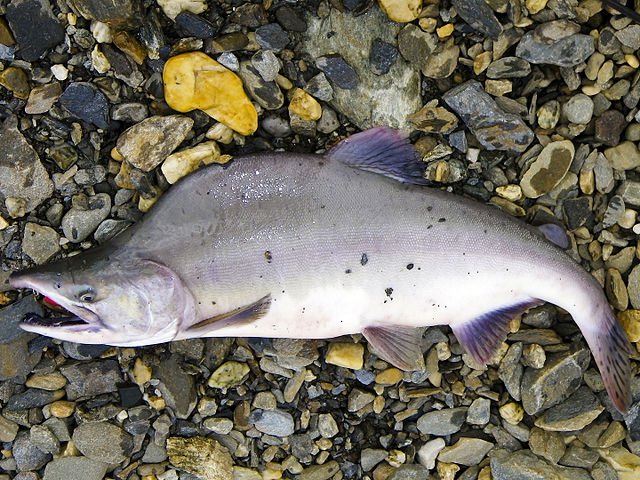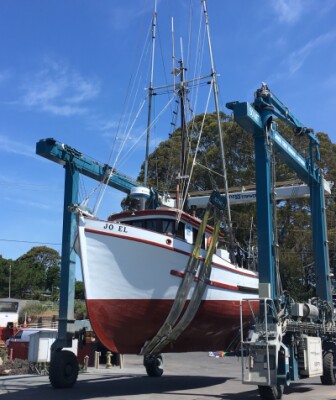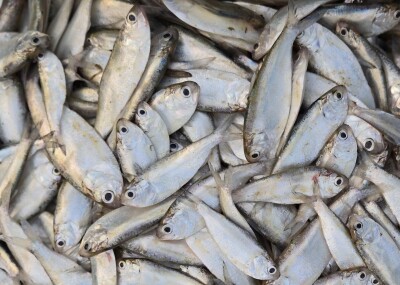It was a rough salmon season at most Alaska regions this summer, with Bristol Bay being the big exception. While sockeye catches exceeded expectations, all other species came up short. But salmon stakeholders can take heart that the fish is moving swimmingly to market.
A pink salmon. Creative Commons photo by Bering Land Bridge National Preserve.“The demand is there. The world still recognizes that this is the best place to go for the highest quality salmon, including pinks,” said Tyson Fick, Communications Director for the Alaska Seafood Marketing Institute.
“Sales have been brisk this fall,” added Tom Sunderland, Vice President of Marketing and Communications for Ocean Beauty Seafoods. “We expect inventories to be low as we head into next season, and that should create some good market opportunities going forward.”
For pink salmon, Alaska’s shortfall would seem to be made up for by Russia’s huge 200 million humpy haul this summer. But rather than competing with Russian product, most of that pink pack will stay at home.
“The good news is there’s been a push for many years to keep Russian seafood in Russia. So there will be a large portion of that catch taken up in their domestic market,” explained Fick. “We will still see pink salmon going through China and into other markets that are competitive with Alaska fish, but it has potential to hold our space and not get traded out for other species like farmed salmon.”
Alaska pinks and other seafood products are still being hammered by Russia’s ongoing embargo of all products from the US, as well as other nations that two years ago objected to its strong arm actions in the Ukraine. Russia typically bought over $100 million of Alaska seafood each year, mostly pink salmon roe and pollock.
“It also displaced a large amount of Norwegian farmed salmon at the same time because they were caught up in the embargo, so we had to meet them in other markets to move our product. It’s been a sort of musical chairs effect,” Fick added.
In short, overall and early on markets for Alaska wild salmon are looking good.
“More and more people are turned on to wild salmon because they’ve had the opportunity to try it, especially with the huge sockeye harvests, and then two out of four years being record harvests just a few years back,” Fick said. “We now have a larger target market to shoot for to introduce them to the good stuff.”
The public is invited to learn more about markets for Alaska salmon and all other species at ASMI’s “All Hands on Deck” meeting. October 25-27 at the Captain Cook Hotel in Anchorage.







